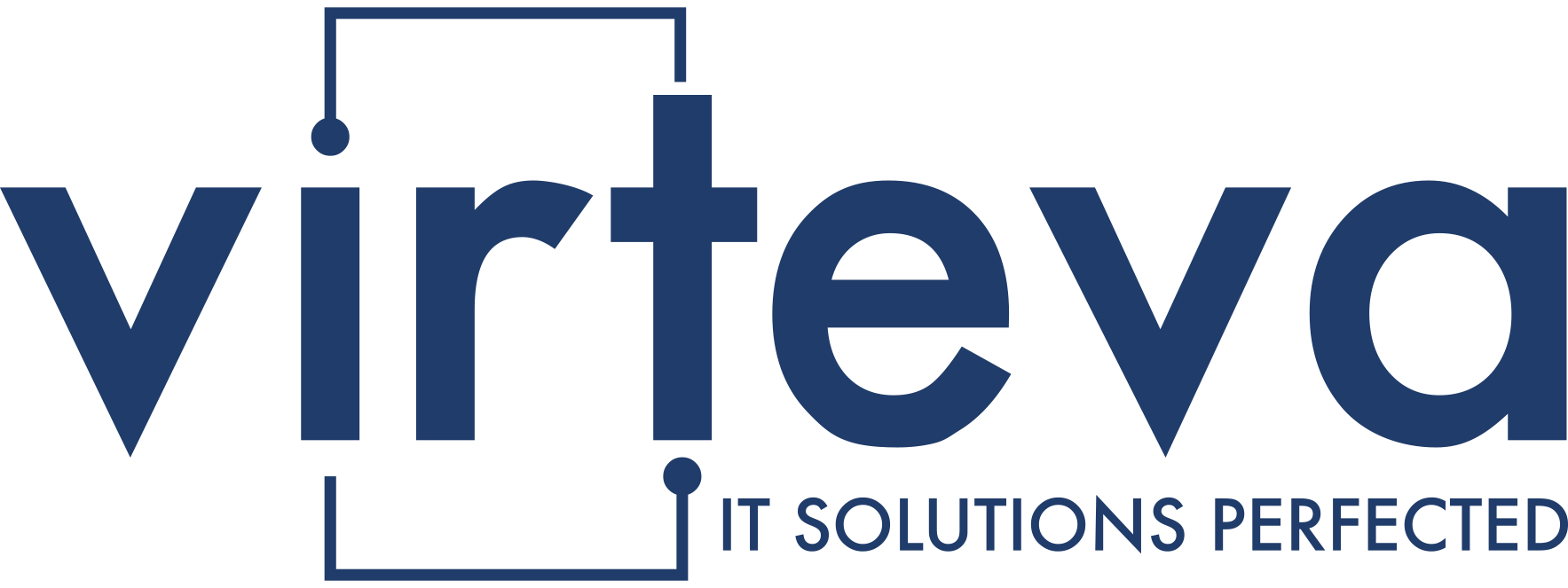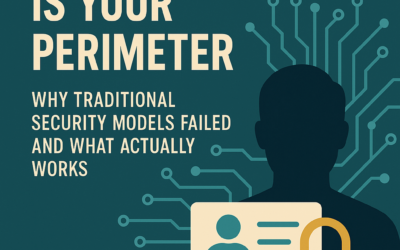The IT help desk was first introduced as companies began to embrace computers in their business processes. Its primary purpose? To fix things when they broke. However, as technology shifted, so did the help desk.
It started providing more services and enabled end-users to get help with things that needed to be done; it became about more than just fixing things when they broke. Today, we are at the forefront of the evolution of the IT help desk. It’s no longer just supporting end-users and their technology; it’s becoming a corporate differentiator that can have an impact on the bottom line.
Today’s workforce expects their help desk to be proactive, resolve issues at their root, and engage with them when and how they prefer. While this can be challenging to implement a concierge-level support program, it’s also a great opportunity to delight your end-users and showcase IT as something more than just another cost to your business.
The key driver in keeping up with this evolution is data. You need to know your KPIs, measure your work, and continuously build improvements into your processes. But if you aren’t already collecting that data, where do you begin? Here are three ways to turn your help desk into a data-driven solutions center.
Know Where You Stand
If you work on or manage an IT help desk, you know there is always room for improvement. For example, you can work to lower your average talk time, decrease L1 incidents with self-service options, or increase the accuracy of your escalations. However, in order to make notable changes and improvements, you need to be able to do two things:
- Measure and baseline your work
- Provide a Knowledge Base for your technicians
Measurement and knowledge go hand-in-hand because they build upon each other. As you begin to measure your KPIs, you will know where you can make improvements. By documenting these improvements, you make it easier for your technicians to learn and share best practices. This solidifies your processes and paves the way to being able to measure new and more complex KPIs, thus continuing the cycle.
Define Success by Measuring
You don’t know what you don’t know, and you can’t know what you need to improve on if you don’t know what success looks like. You can’t define success unless you have some measurements to go by. So, if you aren’t currently measuring your operations, you need to start.
Here are some fundamental metrics you should become familiar with now:
- How many tickets do you receive monthly?
- How many tickets does the Service Desk resolve?
- What types of issues are your users calling about?
- How long are incidents open?
These metrics are important because they lay the foundation for the rest of your measurements. Are you interested to know where you can reduce ticket volume or what incident types are most common? First you need to know how many tickets you have and how they come in!
Here are some additional metrics that are important to defining your success and are relatively easy to start measuring:
- First Contact Resolution Rates (FCR): how many incidents are resolved on the first interaction?
- Cost per Contact: how much does it cost your service desk for each interaction?
- Customer Satisfaction (CSAT): do your end-users think you’re doing a good job?
Measuring customer satisfaction is an important metric to measure for two key reasons. First, your help desk is the face of your IT department. They are the first and main contact that most people have, and those interactions will shape their perception of how the IT organization is doing. So, you want to make a good first impression. If you want to gauge or improve IT’s reputation among the company, then looking at your CSAT score is a place to start. Second, if you’ve been making progress on your other metrics – reducing your call volume or increasing your FCR – but your CSAT scores are dropping, that’s a strong indicator that you may need to revisit your measurements or your processes.
Service level agreements (SLAs) can also play a big role in these processes since they let you set expectations with your internal and external customers from the start, before the first interaction. For example, by committing to respond to any L1 incident within 4 hours, your customers won’t be submitting tickets and wondering when (or if!) they will hear back.
Today people are less inclined to wait for a response and will try to work around the system if they think it will get them a faster response. Providing SLAs up front will help combat this if you aren’t in a position to handle incidents the moment they come in. Evaluating how well you’re meeting your SLAs can shine light on your CSAT scores as well.
If you don’t have SLAs at your organization today, that’s okay! SLAs aren’t a requirement for a top-tier IT help desk. However, they do provide transparency, help set expectations for your agents and your customers, and add another layer of metrics you can measure, so you should plan to include them in your roadmap for the future.
Remember, difficult or undocumented processes mean analysts won’t log tickets, you can’t measure what’s not logged, and you can’t manage what you can’t measure. The key to becoming a data-driven organization is taking that first step and building a foundation for constant measurement and improvement.
Create a Knowledge Library
A 2017 research article from the University of Wollongong in Australia, found that, “the main type of waste [in an organization] is reworking, largely caused by employees having incorrect or incomplete knowledge about how to perform a task within the process.” By building a knowledge library over time, you can make sure your agents have a documented process to log incidents, utilize shared knowledge to increase their FCR, and leverage this data in your self-service portals to give your end-users even more ways to troubleshoot before submitting incidents. But building a knowledge base can be a monumental task. So where do you begin?
A first step to kickstart your knowledge library while fostering a culture of employee development, is to make knowledge a leadership opportunity for a few of your employees to become subject matter experts for a certain topic. Usually there will be a few employees who will be excited to volunteer for this type of program.
Next, you can leverage the data the you have (or will have!) to identify the most common types of incidents, and then build process documentation around those topics first. As you walk down the continuous improvement path, you will repeat this process until you have a robust knowledge base the documents how you provide excellent service. The work isn’t over yet! It’s important to create a culture of continuous improvement so that the team is always investigating new articles to create, or existing ones that need to be updated or improved.
Final Thoughts – How Crossfuze Can Help
At Crossfuze, we help our customers serve their internal and external end-users on our broad services platform. Our 24/7 Service Desk is more than just an IT help desk. We have analysts competent in both technical skill and customer service, and we leverage ServiceNow to drive continuous improvement, help our customers reduce costs over time, make a tangible business impact, and provide value to their end-users.
It’s important to keep in mind, as you start to measure your metrics and build your knowledge library, that Rome wasn’t built in a day. Becoming a proactive, integrated service center isn’t going to happen overnight, so take small steps and celebrate the small wins. Let Crossfuze and its unique set of capabilities help you provide the expertise needed for a top-tier service desk by contacting us at LetsTalk@crossfuze.com




